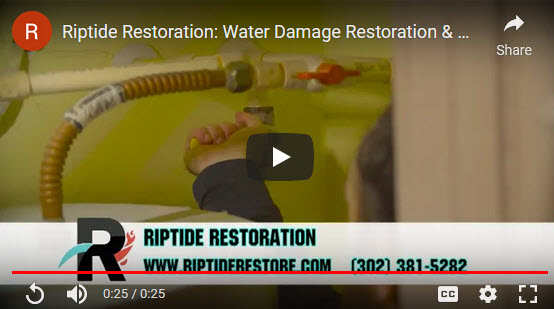How Do You Fix Water Damaged Walls?
Water Damage Company

When it comes to making repairs in your home after it has been damaged by water, there are a few things that you should never do, including the following: If you are unsure whether it is safe to do so, do not enter your flooded house. If the water is muddy or there are live wires, you should wait for specialists to enter your property before going back in. If there is water in or near electrical outlets, light fixtures, switches, or control panels, do not turn on the electricity. Water and electricity do not combine well.
I couldn't be happier that we chose these individuals to repair the water damage that was recently done to our home! I contacted them when we had a water leak in the upstairs laundry room, and it was seeping through the ceiling of the downstairs room. They assisted me over the phone to solve the problem, and then they came to check it out as soon as they could. When they started the project, the damage was less than predicted, so they gave me a discount—something that never happens, does it? When we promised to do the work to remedy the problem, we committed to do the work to fix the problem.
We do, in fact, provide free estimates for water damage. The vast majority of the calls that we get, on the other hand, are concerning urgent situations in which water has to be extracted, dried out, and disposed of entirely. It is in your best advantage to get started on the cleanup job as soon as possible in order to avoid any more harm from occurring. The majority of these calls are for emergencies, which require emergency cleanup. When it comes to repairing water damage in a house, time is frequently of the key in the restoration process.
Other potential dangers to be aware of include asbestos, which is especially concerning in older buildings on the site, in addition to standing water, which may be tainted with bacteria and pose a health risk. There is an increased risk that buildings constructed in the 1970s or earlier have asbestos-containing building materials in some part of the structure. Some ceiling tiles and floor coverings, particularly those found in older homes and structures, may contain asbestos. It is important to remember that studies have shown that asbestos is totally healthy and harmless when it is not disturbed in any way. The only time it poses a threat is if it is disrupted in some way and fibers are allowed to escape into the sky. Asbestos-containing products have a greater risk of being damaged in the case of floods. In this situation, the asbestos needs to be removed correctly or the inhabitants run the danger of developing long-term health concerns. In the case that there is water damage, lead removal is another issue that may provide some challenges.
Once the fire's flames have been doused, the aftermath of the blaze, including any long-term impacts, may be seen. As a consequence, there will be charred walls, wet furniture, soot-covered ceilings, and things with a smoke-scented odor. You will need the assistance of a fire and water damage restoration agency to help you get through the days and weeks of cleanup as you work to salvage as many of your precious items as possible and get your house back in order. In spite of the challenges we are now facing, Rip Tide Restoration is the best option. We are experienced in the cleanup of fire and water damage, certified in the cleanup of hazardous materials, and experienced in the management of insurance paperwork. Let us ease your tension.
As soon as you can, fix any holes or damage in the drywall that were caused by water. The longer that it is allowed to be wet, the greater the likelihood that the drywall may deform. Mold and mildew growth on drywall is another potential consequence of water damage. Therefore, it is essential that you take measures to stop any more moisture from getting in. When fixing your drywall, be sure you follow these steps:
As water is pumped into the area by fire hoses at a rate of 95 gallons per minute, water damage and fire damage go hand in hand. The water has spread much beyond the section that was damaged by the fire and has made its way up through the building's lower levels, as well as into the building's cavities and voids. This causes damage to electrical components, insulation, drywall, as well as other property, including personal possessions.
How Do You Fix Water Damaged Walls?